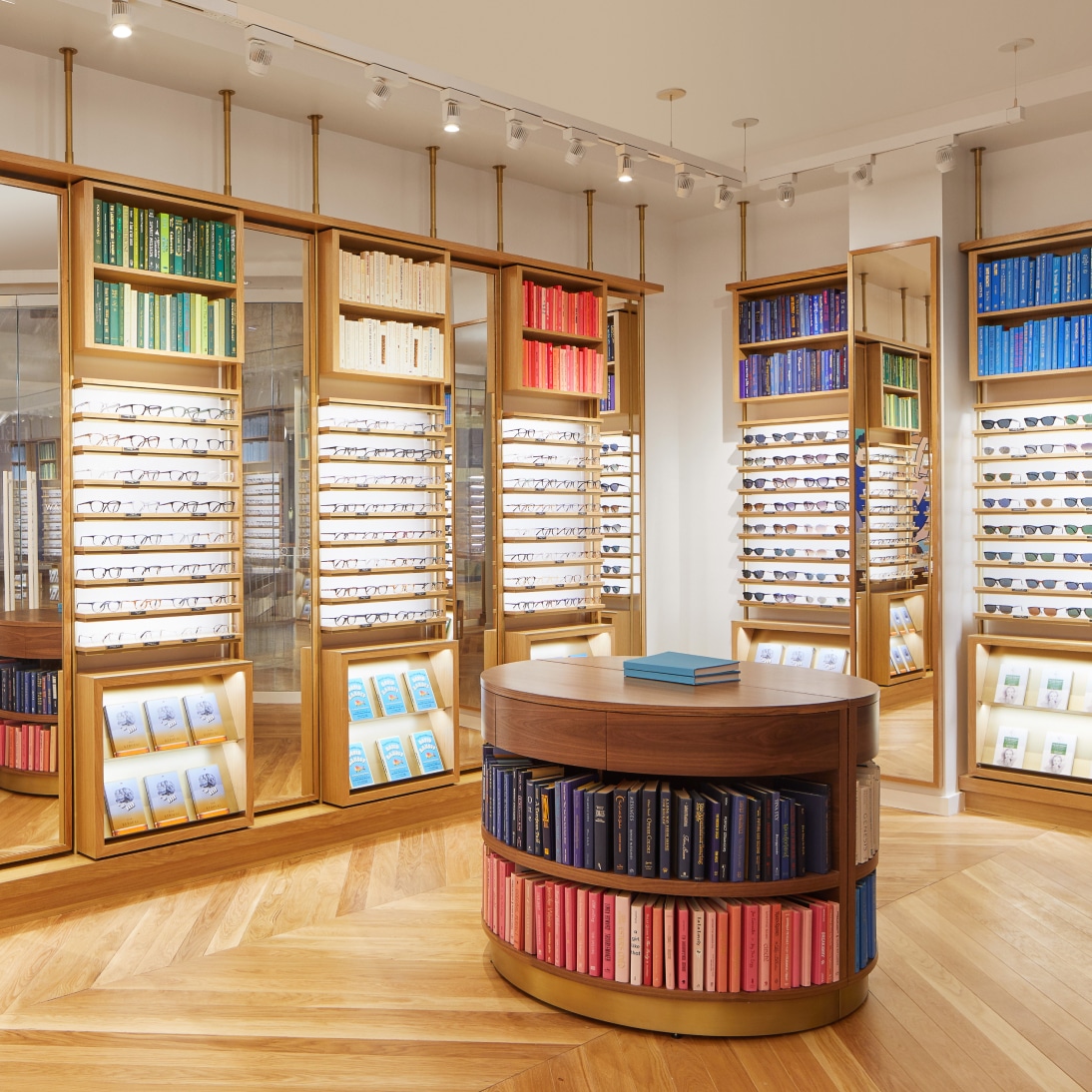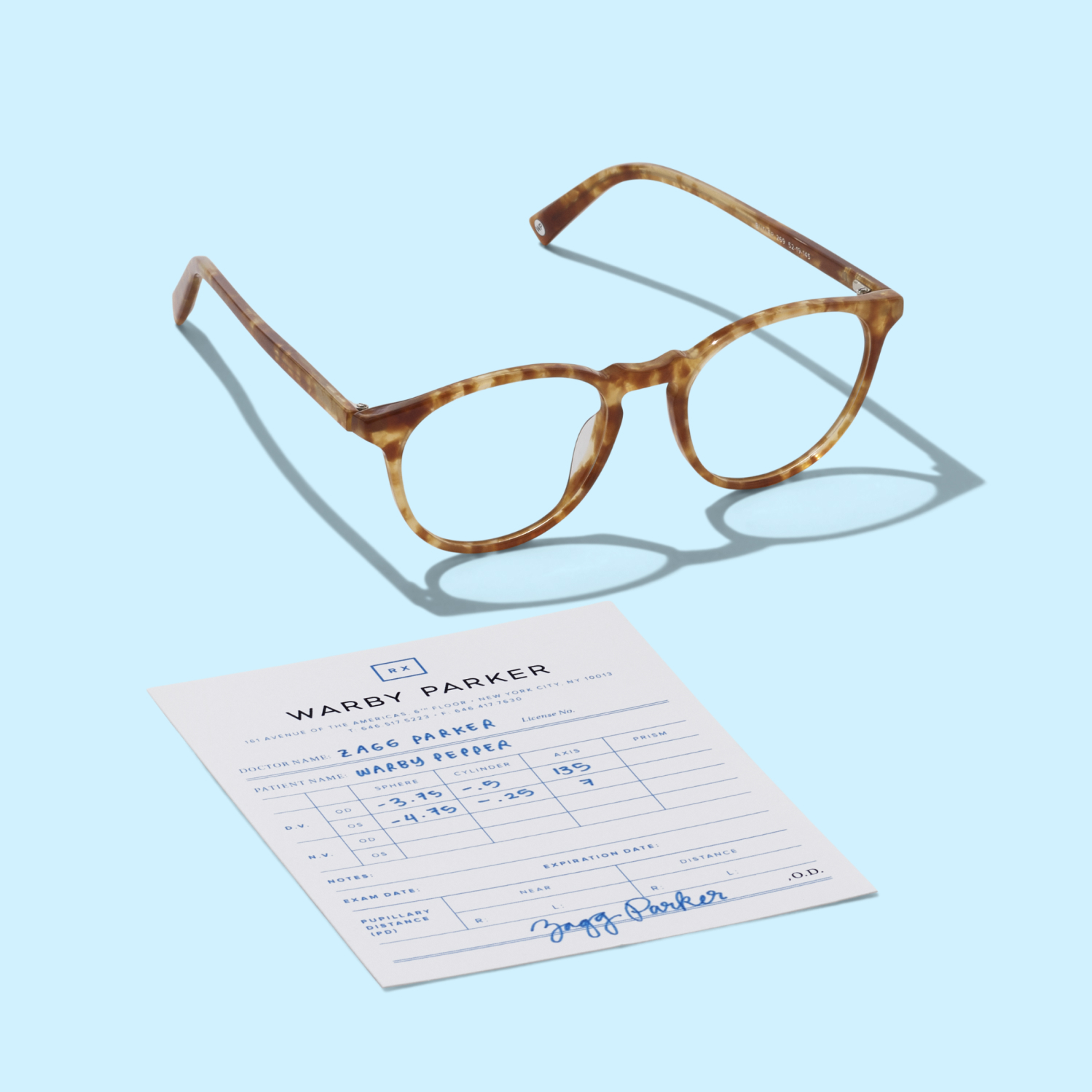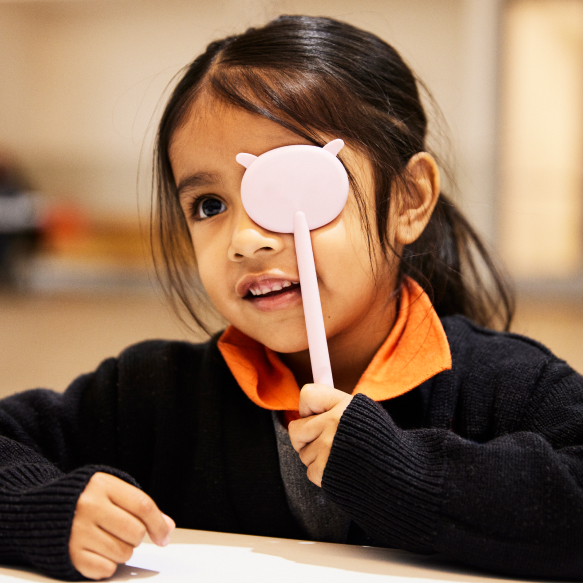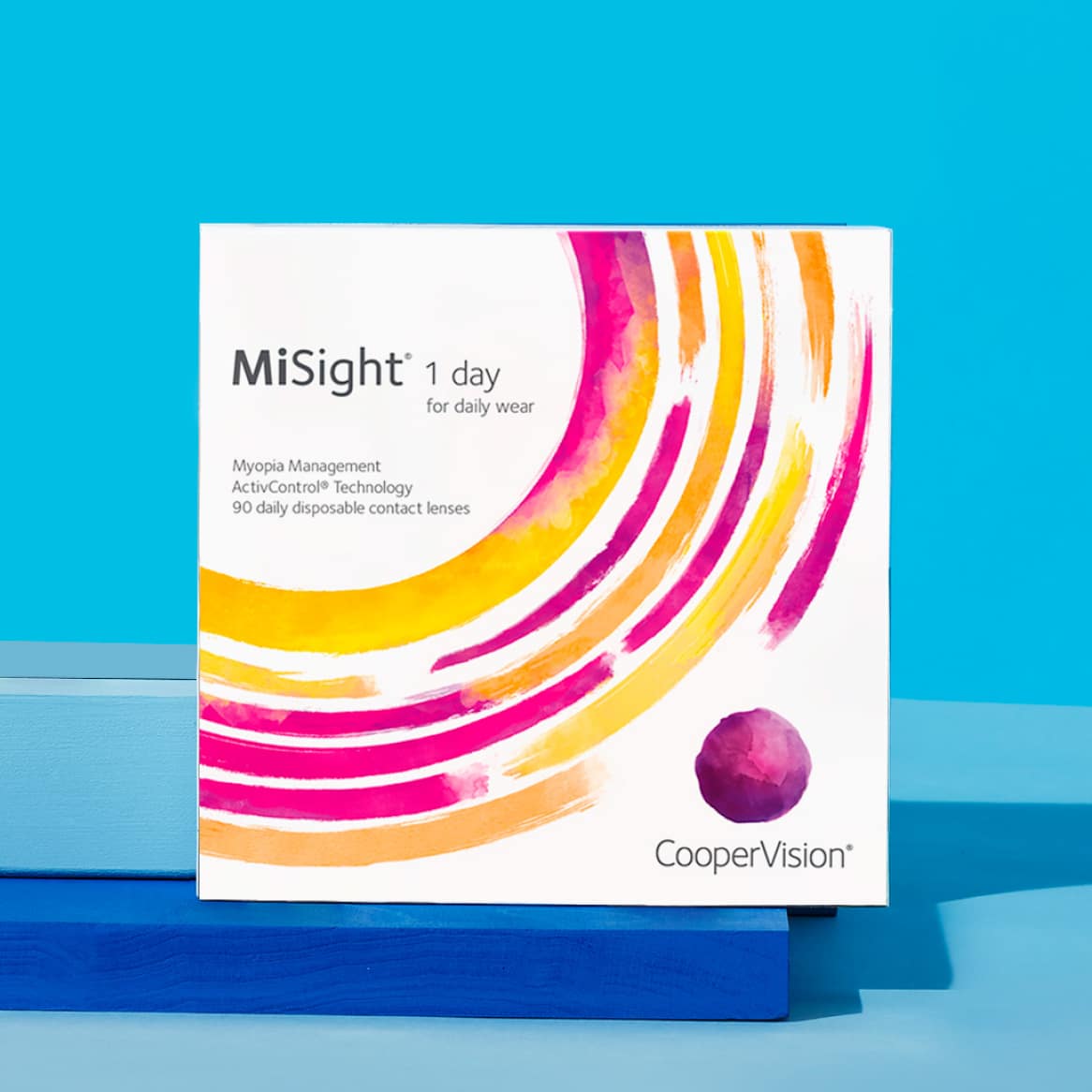Signs that a child needs glasses cover a wide range of symptoms and behaviors, from headaches to head tilting to academic issues. It’s important to know what to look for, not only for a child’s vision and eye health but also for their overall development. Uncorrected vision problems can get in the way of a kid’s ability to learn about the world around them.
In this article, we’ll discuss 10 common cues that a child might need eyeglasses. We’ll also go over what to do if you suspect your child has a vision issue.
Does My Child Really Need Glasses? 10 Symptoms To Watch For
Children in glasses are a common sight. In fact, by the time they reach school, roughly one out of four kids wears corrective lenses.
Let’s take a look at 10 telltale signs your child might have a vision issue and may need glasses. If your child exhibits any symptoms of poor eyesight, see an eye care practitioner.
Complaining About Vision
This might seem obvious, but if a child complains that they can’t see clearly, take them seriously. Kids who complain of blurry vision (whether it’s seeing up close or far away) could need corrective lenses to help them see.
Be doubly aware: Double vision can also be a symptom of a more serious condition. So, if a child complains about seeing double, take them to an eye care practitioner immediately.
Getting Close to Books or Screens
Trying to see things by getting closer to them or by moving them closer to the eyes might indicate myopia (nearsightedness). For instance, a kid might sit abnormally close to the TV or bring a mobile phone or book within a few inches of their face to read. Gravitating toward books with larger print versus smaller print may also signal that a child needs vision correction.
Squinting
Squinting can temporarily improve focus. So, if a child squints, they may be trying to see something more clearly. This could mean they have a refractive error like myopia, hyperopia (farsightedness), or astigmatism.
Closing One Eye or Tilting Head
Sometimes, kids close one eye to help them focus better. Or they tilt or turn their head to adjust the angle of vision. Both actions could indicate an eye misalignment, like strabismus (also called crossed eyes), or a condition that impairs visual development in one eye, resulting in amblyopia (lazy eye).
Crossed or Drifting Eyes
If you’ve noticed your child’s eyes seem not to work together, strabismus or amblyopia could be the cause. For instance, the eyes might not look in the same direction, or one eye may seem to wander around.
Excessive Eye Rubbing
If you notice your child frequently rubbing their eyes, first of all, teach them to avoid excessive eye rubbing—it is thought to be associated with certain ocular conditions. Besides that, excessive eye rubbing can be a sign of eye strain (also known as eye fatigue). This could mean the child is exerting a lot of effort to see clearly. They might need corrective eyewear to ease their eye strain.
Headaches or Eye Pain
Frequent headaches and eye pain can also indicate eye strain, especially at the end of the day. Daily symptoms could mean your child is feeling the effects of straining to see.
Clumsiness or Poor Hand-Eye Coordination
Frequently bumping into things or tripping are common signs of eye problems in children. Likewise, if a child has problems with hand-eye coordination—think activities like catching a ball or getting it into a low basket (slam dunking optional)—this can indicate reduced or poor vision.
Academic Issues
Sometimes, difficulty with school work, including problems concentrating, can point to a need for glasses. Switching focus from close-up work (like writing) to far-away work (like looking at the whiteboard) can tire out school-aged children with vision issues. Kids who are having trouble reading may actually be having trouble seeing.
Likewise, if your child has been diagnosed with attention deficits, it’s recommended to get them an eye exam. Eye issues such as refractive errors or conditions like juvenile cataracts could make it difficult for them to focus.
Asymmetric Red Reflex
The red reflex is a visual phenomenon of light reflecting off the retina, which creates a reddish glow. Flash photos of a person that show only one red eye or white spots in one or both eyes could indicate an asymmetric red reflex. This can signal a range of kids’ eyesight or eye issues, from high refractive errors like myopia and hyperopia to serious conditions.
Because asymmetric red reflex–especially the absence of red reflex in one eye–can be a symptom of a major health concern, it’s crucial to get your child’s eyes examined right away if you notice it.
Kids’ Vision: Keep an Eye on It
It’s a good idea to book an appointment with an eye care practitioner if your child shows any of the common symptoms mentioned above. Getting eyeglasses to solve one of these problems will help your child see better and help them learn and grow, too.
Even if your child is asymptomatic, it is a good idea to have their eyes checked before starting school. An optometrist or ophthalmologist can check for underlying conditions that could cause vision problems and can otherwise be difficult to detect.







